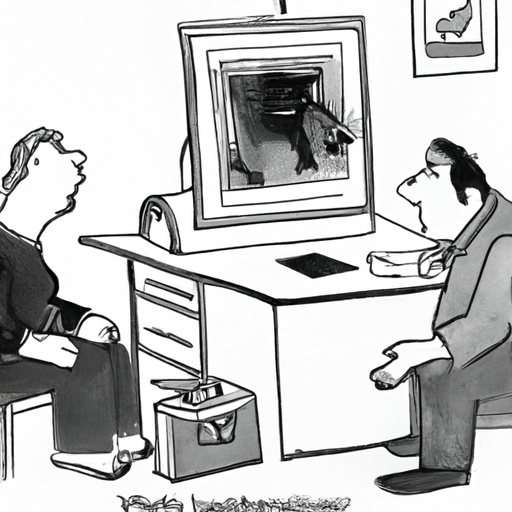As a caregiver to your furry friend, it’s crucial to understand the potential health risks they might face. One such alarming condition is internal bleeding in dogs. Let’s dive deep into understanding the causes, symptoms, and treatment options available.
1. Underlying Health Conditions
Several underlying health conditions can lead to internal bleeding in dogs. Here’s a brief overview:
-
Cancer: Certain types of cancer, such as hemangiosarcoma, can cause internal bleeding. This cancer affects the blood vessels and can lead to ruptures, resulting in bleeding.
-
Coagulation Disorders: Your dog’s body is designed to stop bleeding through a process called coagulation. If your dog has a disorder that affects this process, it can lead to internal bleeding.
-
Trauma: Accidents, injuries, or any physical trauma can damage internal organs resulting in bleeding.
2. Recognizing the Symptoms
Being aware of the symptoms can help you act fast. Here’s what to look out for:
- Pale gums
- Weakness or lethargy
- Rapid heart rate
- Distended abdomen
- Blood in stool or urine
3. Diagnosis
A vet will likely run a series of tests to diagnose the cause of internal bleeding. These may include:
- Blood tests: To identify any potential disorders or diseases.
- Imaging: Ultrasounds or X-rays can help locate any internal injuries or abnormalities.
4. Treatment Options
Treatment options vary depending on the cause of the bleeding.
- Surgery: In case of trauma or tumors, surgery may be required to stop the bleeding.
- Medication: If the bleeding is due to coagulation disorders, your vet might prescribe medication to help the blood clot more effectively.
- Supportive care: This includes IV fluids and blood transfusions to stabilize your dog during the treatment process.
5. Prevention
While not all causes of internal bleeding can be prevented, here are a few steps you can take:
- Regular vet check-ups.
- Keeping your dog’s environment safe to avoid injuries.
- Providing a healthy diet to maintain overall health.
FAQs
1. What is the first sign of internal bleeding in dogs?
The first sign of internal bleeding in dogs can vary but often includes pale gums, rapid heart rate, or sudden weakness.
2. Can a dog survive internal bleeding?
Yes, with prompt diagnosis and treatment, a dog can survive internal bleeding.
3. How long can a dog live with internal bleeding?
This greatly depends on the severity and cause of bleeding. With proper treatment, dogs can recover and lead normal lives.
4. What can I do to prevent internal bleeding?
Prevention includes regular vet check-ups, creating a safe environment for your dog, and maintaining a healthy diet.
Remember, being observant and proactive in your dog’s health can make all the difference. If you suspect any signs of internal bleeding, consult with your vet immediately.



